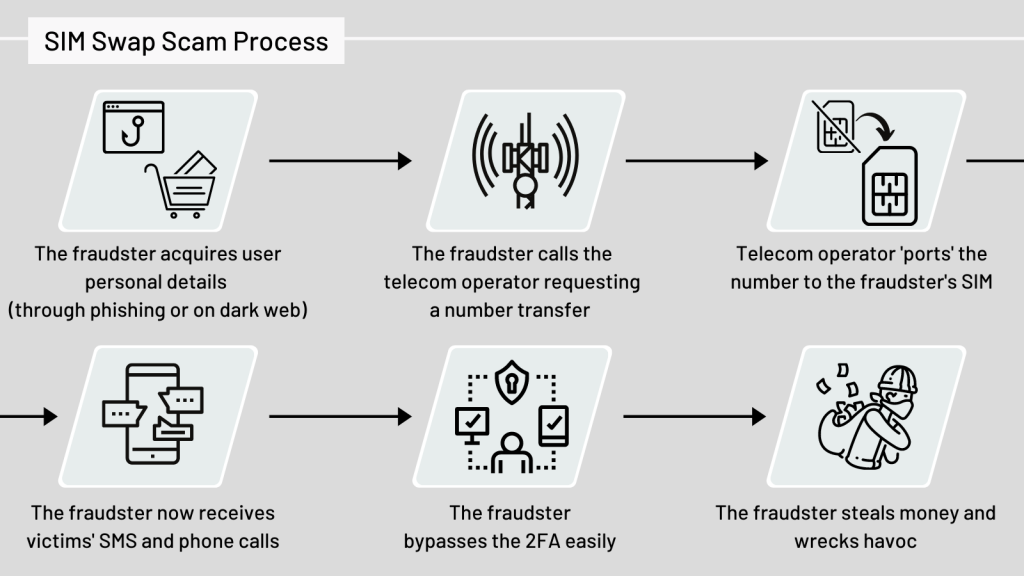In an era where digital security is paramount, Telefónica and Chainlink are at the forefront of combating one of the most insidious forms of cybercrime: SIM swap fraud. Their partnership will help with securing online transactions and personal data in the web3 sector.
Telefónica, a global telecommunications giant, has strategically allied with Chainlink Labs, a leader in providing web3 connectivity solutions.
SponsoredChainlink and Telefonica Fighting Back Against SIM Swap Attacks
This collaboration leverages Chainlink Functions to connect APIs on GSMA Open Gateway to Polygon’s PoS blockchain network.
The integration is a significant stride in blending Telco capabilities with blockchain technology. It underscores the need for secure oracle networks to relay real-world data onto the blockchain. This initiative also aims to bolster the functionality and security of web3 applications.
Read more: Decentralized Identity and the Future of Web3: What To Know
The necessity of such innovations becomes starkly evident when examining recent cybersecurity breaches. In November 2022, the FTX cryptocurrency exchange suffered a colossal theft of over $400 million due to a SIM swap attack.
This incident, orchestrated by a trio later charged by the US Department of Justice, highlights the vulnerability of even well-established digital platforms to this type of fraud.
The attackers exploited personal data to manipulate phone carriers, transferring victims’ numbers to devices under their control, which then allowed them to access financial accounts and crypto wallets.
Sponsored
SEC Falls Victim
Even the United States Securities and Exchange Commission’s (SEC) Twitter account fell victim to a SIM swap attack. The attackers used the opportunity to make an ‘official’ tweet stating that the agency had approved the hotly anticipated slew of Bitcoin ETFs.
Just minutes after the release of the fake tweet, Bitcoin’s price soared from around $44,500 to nearly $49,000. Then, after the SEC announced that its social media account was compromised, BTC plunged back below $42,000.
Former FBI cybersecurity official Austin Berglas spoke on the incident:
“Something like that, where you can take over the SEC account and potentially affect the value of Bitcoin in the market – there’s massive opportunity for disinformation.”
Read more: A Comprehensive Guide to Starting a Career in Web3
Telefónica and Chainlink’s integration will enable smart contracts to request information through the GSMA Open Gateway SIM SWAP API. This is to ensure that a device’s SIM card has not undergone unauthorized changes.
This added layer of security extends beyond transaction safety, encompassing two-factor authentication and fraud detection in web3 decentralized applications and DeFi services.

